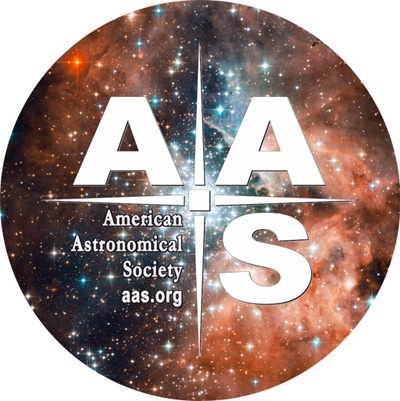28 October 2019
Tarini Konchady

An artist’s illustration of the Kepler-186 system, highlighting the planet Kepler-186f. Kepler-186f is an Earth-sized planet orbiting in the habitable zone of its star. [NASA Ames/SETI Institute/JPL-Caltech/T. Pyle]
How can we identify life on other planets? The Earth might be able to help with that — specifically with something called the red edge.
The Green Light for Life
One of the most exciting prospects of exoplanet science is discovering another planet that can harbor life. However, this necessitates us knowing how to identify life at a distance, which is quite a challenge!
The light reflected by an exoplanet is one of the most useful observations to have on this quest. The reflected light is dependent on the surface and atmospheric conditions of the planet, and it may hold key features that point to the existence of life. What those features are, however, is another question.
This is where the Earth comes in handy. With our intimate understanding of the Earth, we can simulate it as an exoplanet fairly accurately. Those simulations can help us better pick out Earth-like planets from reflected-light observations.
The Earth’s reflected-light spectrum contains a unique feature: something called the red edge, a region of rapid change in the near-infrared part of the spectrum. The red edge is caused by chlorophyll in the Earth’s organisms, which has the quirk of strongly reflecting red light. Could this red edge be used to identify chlorophyll-containing life on other planets? In a recent study, Jack O’Malley-James and Lisa Kaltenegger (Carl Sagan Institute, Cornell University) considered the effects of various organisms on the red edge and what that means for the red edge’s detectability.
Exploring Scenarios
A surprising number of organisms contain chlorophyll, but at present, land-based vegetation is most responsible for the red edge. Aside from trees (a catchall term for land-based vegetation), O’Malley-James and Kaltenegger considered other organisms like cyanobacteria, algae, and lichens.
Initially, the authors used a simplified model of the Earth to understand the impact of each organism. They assumed that the entirety of the planet was covered by just one organism and determined how the red edge would appear for an atmosphere that was still like the Earth’s. They then tried the same scenario with a more realistic Earth, which had a surface that was 30% land and 70% ocean.
The authors also considered the effect of clouds. They tried two cases for each planet scenario, one with clear skies and the other with 60% cloud cover. The difference in cloud cover was more significant for the realistic planet model.

The fraction of light reflected at different wavelengths by different chlorophyll-containing organisms (corals; trees; elysia viridis, a photosynthetic sea slug; lichens; algae; cyanobacteria). The gray area shows the wavelength range in which the red peak appears. [O’Malley-James and Kaltenegger 2019]
Earths at Different Times
The red edge likely evolved with life on the Earth. Trees are relative newcomers, having only established themselves ~500–725 million years ago. Algae and lichens are much older — ~1 billion years old — and cyanobacteria likely appeared at least 2 billion years ago. These staggered arrival times imply that planets that are similar to the early Earth could still produce red edges.
There may not be a lot of planets exactly like the present-day Earth, but O’Malley-James and Kaltenegger suggest that this isn’t a setback. We could potentially identify planets that have just begun to harbor life — and that’s a big step in the right direction.
Citation
“Expandinghttps://iopscience.iop.org/article/10.3847/2041-8213/ab2769 the Timeline for Earth’s Photosynthetic Red Edge Biosignature,” Jack T. O’Malley-James and Lisa Kaltenegger 2019 ApJL 879 L20.
https://iopscience.iop.org/article/10.3847/2041-8213/ab2769
See the full article here .

five-ways-keep-your-child-safe-school-shootings
Please help promote STEM in your local schools.

AAS Mission and Vision Statement
The mission of the American Astronomical Society is to enhance and share humanity’s scientific understanding of the Universe.
The Society, through its publications, disseminates and archives the results of astronomical research. The Society also communicates and explains our understanding of the universe to the public.
The Society facilitates and strengthens the interactions among members through professional meetings and other means. The Society supports member divisions representing specialized research and astronomical interests.
The Society represents the goals of its community of members to the nation and the world. The Society also works with other scientific and educational societies to promote the advancement of science.
The Society, through its members, trains, mentors and supports the next generation of astronomers. The Society supports and promotes increased participation of historically underrepresented groups in astronomy.
The Society assists its members to develop their skills in the fields of education and public outreach at all levels. The Society promotes broad interest in astronomy, which enhances science literacy and leads many to careers in science and engineering.
Adopted June 7, 2009
